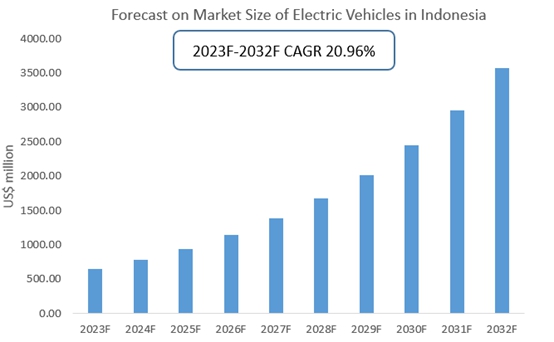Analysis on Three Trends of China’s New Energy Vehicle Market in 2018
Statistics show that the sales volume of new energy passenger vehicles in China was 993,000 units in 2018, increasing by 90.40% YOY. The wholesale and retail volume of new energy passenger vehicles exceeded 1 million units, and the sales volume of new energy vehicles including new energy commercial vehicles reached 1.2 million units at a high growth rate, which laid a milestone in the development of China’s automotive industry.
(1) Battery electric vehicles saw a slowdown in growth and a decrease in market share.
In 2015, the sales volume of plug-in hybrid electric vehicles was slightly higher than that of battery electric vehicles. However, since 2016, the sales volume of battery electric vehicles had tripled while the sales volume of plug-in hybrid electric vehicles increased slightly. Despite that the subsidies for new energy vehicles were reduced in 2018, the subsidies for battery electric vehicles with a driving range of more than 300 km were raised. Many manufacturers took advantages of policy loopholes to produce battery electric vehicles with a driving range of 301 km. Therefore, the sales volume of battery electric vehicles grew fast in 2018 but the growth rate slowed down compared with the previous years.
The moderation of growth also led to a decrease in market share. Although battery electric vehicles dominate the new energy vehicle market, the market share of battery electric vehicles in new energy vehicles decreased by 4.61 percentage points from 80.14% in 2017 to 75.53% in 2018.
Related Reports:
Research Report on Electric Vehicle Industry in China, 2011-2020
Research Report on Charging Piles for Electric Vehicles in China, 2018-2022
(2) The sales volume of plug-in hybrid electric vehicles soared.
Statistics show that the growth in the sales volume of plug-in hybrid electric vehicles reached 134.60% in 2018 while it was only 41% in 2017. The surge was probably attributable to the following factors:
First, a small number of models of plug-in hybrid electric vehicles were marketed in 2017 while several popular models of plug-in hybrid electric vehicles were launched in 2018.
Second, as affected by the stock and real estate markets, more consumers tightened their purse strings to choose plug-in hybrid electric vehicles that have wider applications than battery electric vehicles do.
Third, the subsidies for each plug-in hybrid electric vehicle declined by CNY 2,000 only compared to 2017. Therefore, the number of potential consumers of plug-in hybrid electric vehicles did not decrease dramatically.
Related Reports:
Research Report on Electric Vehicle Industry in China, 2011-2020
Research Report on Charging Piles for Electric Vehicles in China, 2018-2022
(3) Consumers were more rational when buying new energy vehicles.
In 2018, the sales volume of battery electric minicars was 332,400 units, accounting for 44.32% of the sales volume of battery electric passenger vehicles. The proportion was lower than 67% in 2017. In contrast, both battery and plug-in hybrid electric compact cars (sedans and SUVs) captured a larger market share compared to 2017. Instead of buying new energy vehicles merely for a free license plate, consumers tend to focus on practicability. As consumers become more rational, the new energy vehicle market is more market-driven than policy-driven.
Related Reports:
Research Report on Electric Vehicle Industry in China, 2011-2020
Research Report on Charging Piles for Electric Vehicles in China, 2018-2022



